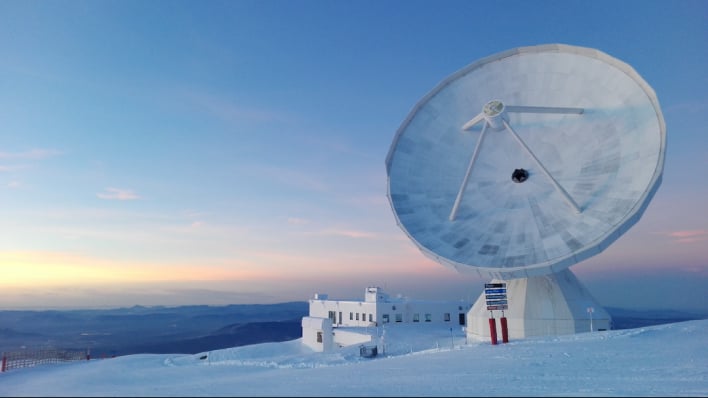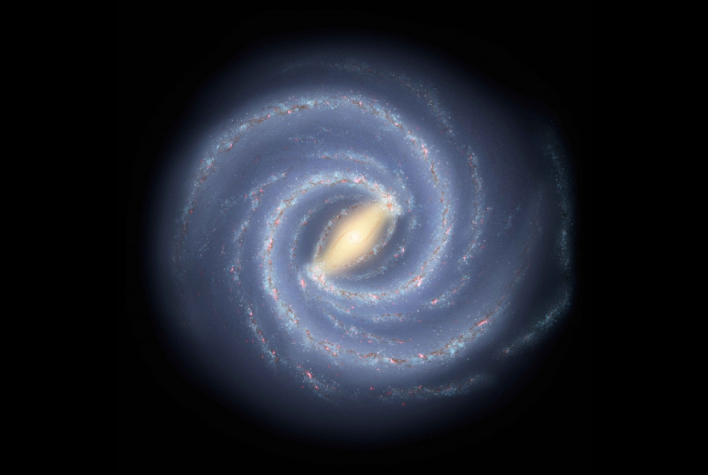Scientists Discover A Key Ingredient For Life At The Edge Of Our Galaxy

The element that was found in a very unexpected location by a group of astronomers from the University of Arizona is phosphorus, a critical ingredient for life. The find puzzled the group because the element is produced by the fusion processes inside massive stars, which are not believed to exist in the outer realms of the Milky Way galaxy.
“But to make phosphorus, you need some kind of violent event,” remarked Lucy Ziurys, Regents Professor of chemistry and biochemistry and astronomy and astronomer at Steward Observatory. “It is thought that phosphorus is created in supernova explosions, and for that, you need a star that has at least 20 times the mass of the sun.”

The new study places conventional wisdom, that the only way nature can produce phosphorus is through a supernova explosion, into question. Lilia Koelemay, a doctoral student and first author of the new study, explains, “The phosphorus we detected is at the edge of the galaxy, where it shouldn’t be. And so that means that there has to be some other way phosphorus is created.”
One theory that has been tossed around in the past that could explain the precarious phosphorus is “galactic fountains.” These fountains were thought to possibly lift phosphorus from the inner regions of the galaxy above the galactic plane, and then shower it back onto the outer disk. However, there is little to no evidence that these “galactic fountains” exist.
Another theory that is more probable was postulated a few years ago. It states that less-massive stars could produce phosphorus as well. However, unlike the process in larger stars which require an explosion, the smaller stars could do so in the region near their core through a process known as neutron capture.
The project that began the study started with a homework assignment. Two students, Koelemay and Katherine Gold, were encouraged by their professor, Kiurys, to scour the cloud for phosphorus-containing molecules. The students submitted a proposal to use the IRAM telescope. Surprisingly, the duo received permission which resulted in the find.
The IRAM telescope the students used was the 30-meter telescope, which is said to be the most sought-after radio telescope in the world. The observatory operates 24 hours a day every day of the year, and comes with living quarters for scientists and IRAM staff.
While the find of phosphorus in the outer reaches of the Milky Way was incredible, the students and professor hope it will spur further research into more distant places. “We hope that the detection of phosphorus at the edge of the galaxy may motivate studies of distant exoplanets,” remarked Gold.

